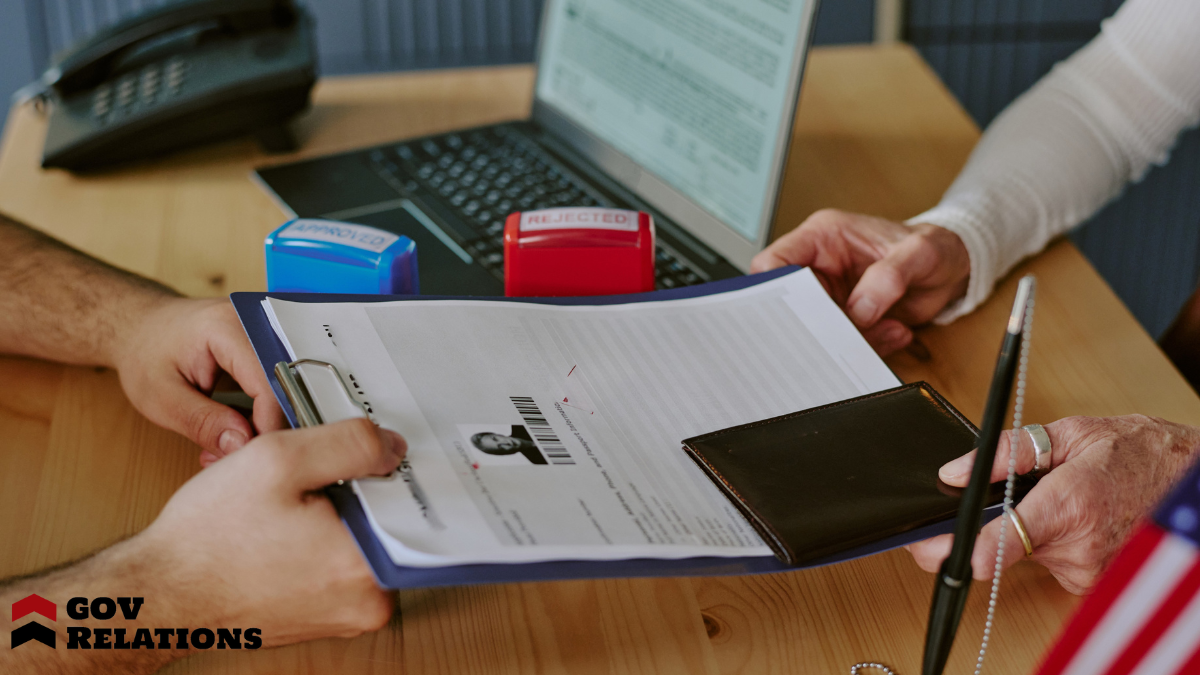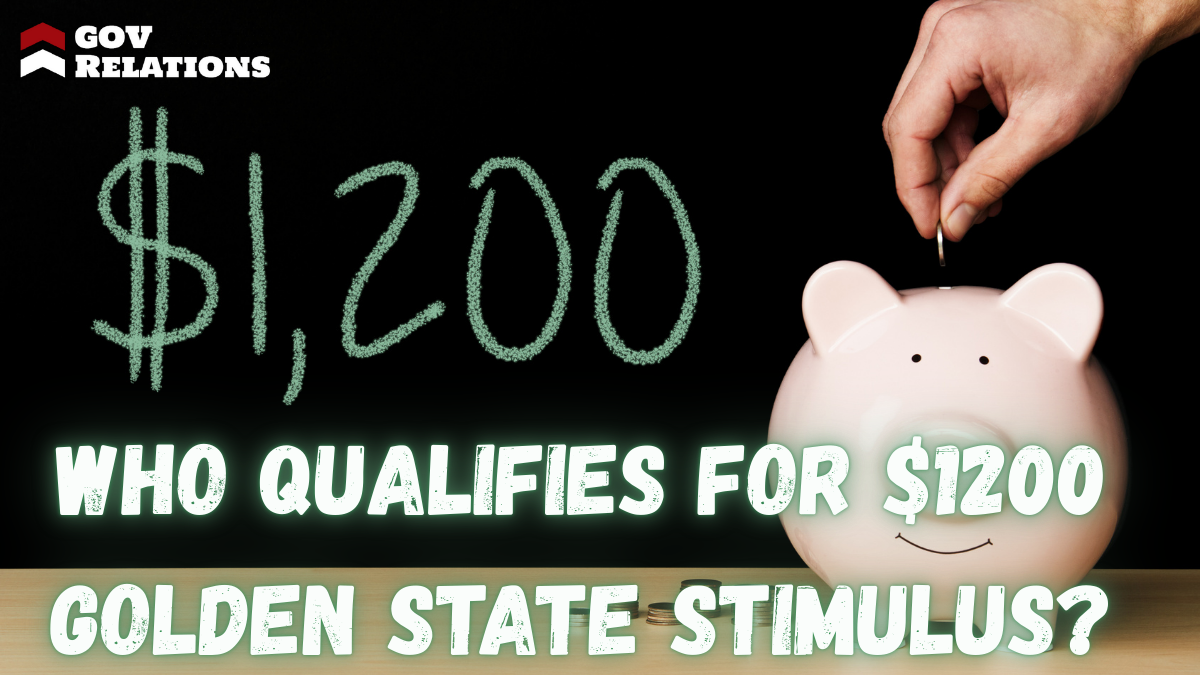As small business owners, we’re constantly seeking ways to reduce costs and improve sustainability. Energy-efficiency and pollution-prevention grants present a valuable opportunity for us to achieve these goals, but how can we determine if our business qualifies? Let's explore the types of grants available, who offers them, and the steps we need to take to secure this funding. What impact could these grants have on our operations and reputation? Let's find out.
Key Takeaways
- Small businesses can access energy-efficiency grants through the U.S. Department of Energy (DOE) and Environmental Protection Agency (EPA).
- Eligibility often requires fewer than 500 employees and a commitment to sustainable energy practices.
- Grants can target specific industries, such as manufacturing and agriculture, for energy and pollution improvements.
- State energy offices and utility companiesEnergy and water companies that provide funding for community projects and sustainability initiative... offer region-specific grants and incentives for energy-efficient upgrades.
- Nonprofit organizationsEntities that use surplus revenues to achieve their goals rather than distributing them as profit or... may provide additional funding opportunities for sustainability and pollution-prevention projects.
Understanding the Benefits of Energy-Efficiency and Pollution-Prevention Grants
When we consider the advantages of energy-efficiency and pollution-prevention grants, it becomes clear that these initiatives offer substantial benefits to small businesses.
These grants not only reduce operational costs by lowering energy consumption, but they also enhance our environmental stewardshipRequirements for projects focused on conservation, sustainability, and environmental protection.. By embracing these programs, we can markedly cut down on utility expenses, which directly improves our bottom line. Additionally, they help us meet regulatory standards and reduce our carbon footprint, which is vital for sustainability.
Moreover, adopting energy-efficient practices may boost our reputation as environmentally responsible businesses. This can attract eco-conscious customers who appreciate our commitment to sustainability.
These grants empower us to invest in new technologies or retrofits that might otherwise be financially out of reach, facilitating long-term growth and competitiveness.
Identifying Eligible Small Businesses for Grants

How do we determine which small businesses qualify for energy-efficiency grants?
First, we look at the size of the business. Typically, grants target businesses with fewer than 500 employees.
Next, we assess the industry type. Some grants focus on specific sectors like manufacturing or agriculture, where energy use is significant.
Financial need is another factor; businesses showing a clear benefit from reduced energy costs may stand out.
We also check the business's current energy practices. Those already engaging in or committed to sustainable practices often meet eligibility criteriaThe specific requirements and conditions that applicants must meet to qualify for a grant..
Ultimately, location can play a role, as some grants are region-specific.
Key Organizations Offering Energy-Efficiency Grants
While traversing the landscape of energy-efficiency grants, it's essential to know the key organizations offering these opportunities. The U.S. Department of Energy (DOE) stands out as a major player, providing various grantA sum of money given by a government or other organization for a particular purpose, usually without... programs aimed at enhancing energy efficiencyRequirements for projects that promote energy conservation and efficiency. in small businesses. Their initiatives help us reduce energy consumption and costs.
Moreover, the Environmental Protection Agency (EPA) offers resources and grants through initiatives like the Energy Star program, guiding us toward sustainable practices.
On a more local level, state energy offices often provide targeted grant programs to support regional energy initiatives. Additionally, utility companies sometimes offer rebates and incentives for energy-efficient upgrades.
Pollution-Prevention Grant Programs for Small Enterprises
As we explore opportunities for small businesses to embrace sustainability, pollution-prevention grant programs play an essential role in our efforts.
These grants support initiatives that reduce waste, minimize harmful emissions, and promote cleaner production processes. By participating in these programs, we can enhance our environmental responsibility while potentially reducing operational costs.
Key aspects to reflect on include:
- Eligibility: Grants often target specific industries or business sizes.
- Funding Amounts: Understand the financial support available for different projects.
- Application Deadlines: Keep track of due dates to guarantee timely submissions.
- Project Scope: Clearly define the environmental goals and expected outcomesThe changes or benefits resulting from the project's activities, often categorized as short-term, in....
- Technical AssistanceSupport provided by the grantor or a third party to help the grantee effectively implement the proje...: Some programs offer guidance to help design effective strategies.
Application Process for Energy-Efficiency Grants

Steering through the application process for energy-efficiency grants can seem intimidating, but breaking it down into manageable steps makes it much more approachable.
First, we need to research available grants tailored to our business size and industry. Let’s review eligibility criteria carefully to guarantee we qualify. Gathering required documentation, such as financial statements and energy usage reports, is essential.
We should draft a clear proposalA formal document submitted to a grantor, detailing the project plan, budget, and expected outcomes,... detailing our energy-efficiency goals and how the grant will support them. It’s vital to adhere to deadlines and submission guidelines. Don’t hesitate to reach out to grant administrators for clarification on any requirements.
Once we submit the application, we should keep track of its status and be ready to provide additional information if requested.
Steps to Secure Pollution-Prevention Funding
Securing pollution-prevention funding is a strategic step towards sustainable business practices. Let’s break it down into manageable steps.
First, we need to identify grants that align with our business needs. Research is vital.
Next, we should thoroughly understand the eligibility criteria and application requirements to guarantee we qualify. Preparing a compelling application is about clearly articulating our goals and how the funding will drive impactful changes.
Here’s a quick checklist to guide us:
- Research available grants: Start with government and local agencies.
- Understand eligibility: Know what’s required to qualify.
- Prepare documentation: Gather necessary financial and environmental data.
- Draft a strong proposal: Highlight benefits and sustainability goals.
- Submit before deadlines: Guarantee timely submission to avoid disqualification.
Following these steps positions us for success.
Maximizing the Impact of Secured Grants
Let's explore how we can make the most of the grants we've secured by focusing on strategic utilization and implementing sustainable business practices.
By prioritizing projects that offer long-term energy savings, we not only meet our immediate needs but also position ourselves for future growth.
Together, we can guarantee these funds drive meaningful and lasting improvements in our operations.
Strategic Grant Utilization
When we secure energy-efficiency grants, it’s essential to strategically plan their utilization to maximize their impact on our small business operations. By doing so, we guarantee that the resources enhance our efficiency and sustainability effectively.
Prioritizing smart allocation can make a significant difference. Here are some key strategies we can adopt:
- Evaluate Current Needs: Analyze our energy consumption to identify areas needing improvement.
- Set Clear Goals: Define specific energy-saving targets to guide our efforts.
- LeverageThe use of borrowed capital (debt) to increase the potential return of an investment. Technology: Invest in modern, energy-efficient equipment to optimize performance.
- Engage Employees: Involve our team in implementing changes and maintaining new practices.
- Regular MonitoringThe continuous or periodic assessment of project activities to ensure they are on track and achievin...: Continuously assess the outcomes of grant-funded initiatives to guarantee ongoing improvement.
Sustainable Business Practices
To truly maximize the impact of secured grants, we must integrate sustainable business practices that align with our energy-efficiency goals.
First, let's assess our current practices and identify areas for improvement. Incorporating renewable energy sources, like solar or wind, can greatly reduce our carbon footprint. Additionally, upgrading to energy-efficient equipment not only saves on utility bills but also enhances our operational effectiveness.
We can also adopt a culture of sustainability by encouraging employees to participate in energy-saving initiatives. Simple actions, like turning off lights and equipment when not in use, contribute to our overall goals.
Finally, regular monitoring and reporting keep us accountable and demonstrate progress to our stakeholders. By doing so, we guarantee the grants we receive have a lasting, positive impact.
Success Stories: Small Businesses Making a Difference
Although it may seem intimidating to overhaul energy systems, small businesses across the country are proving that energy-efficiency grants can lead to remarkable transformations.
We've seen inspiring success stories that show how these grants empower businesses to thrive while reducing their environmental impact. For example, a local bakery here managed to cut energy costs by 30% using a grant to install solar panels.
Another nearby café upgraded its lighting system, leading to noticeable savings and a cozier atmosphere. These stories emphasize the power of grants:
- Solar panel installations that drastically cut energy costs.
- Efficient lighting upgrades creating savings and ambiance.
- HVAC system overhauls improving comfort and efficiency.
- Water conservation measures reducing utility expenses.
- Green building materials enhancing sustainability.
Together, we're making a difference!
Conclusion
To sum up, let's seize the opportunity to transform our businesses with energy-efficiency and pollution-prevention grants. By tapping into these resources, we can enhance our sustainability, cut operational costs, and improve our standing with eco-conscious customers. Together, we'll navigate the application process, secure funding, and maximize the impact of these grants. Success stories abound, and with determination, our businesses can become shining examples of environmental stewardship and innovation in our industries. Let's make a difference!







